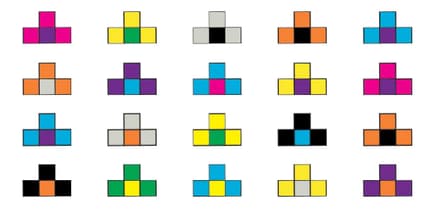Visual Analogy
Visual Analogy: Overview
This topic covers concepts such as Visual Analogy, Choosing One Element of a Similarly Related Pair of Figures, Detecting One Element of Each of the Two Related Pairs in the Given Figures, Choosing the Set of Similarly Related Figures, etc.
Important Questions on Visual Analogy
Select the odd figure from the given responses.
In the question given below which one of the following five answer figures on the right should come after the problem figures on the left, if the sequence were to be continued?

Find the odd one out from the following pictures.
In the following question, select the odd image from the given alternatives.
Identify the answer shape, which has been rotated but is otherwise the same as the question shape.
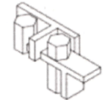
Perspective view of an object is shown. The object is rotated with respect to the fixed coordinate system as indicated: degrees clockwise about -axis, degrees anti clockwise about -axis, degrees anticlockwise about -axis. All rotations are when viewed from a point on the positive axis towards the origin. Which one of the following perspective view options will be the result of the rotations?
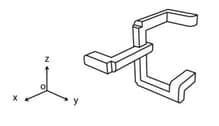
In the series given, the first is an equilateral triangle, the second becomes a square by rearranging the pieces, and the third becomes a regular pentagon without any rotation. Similarly, the fourth becomes a regular hexagon. Which of the options given therefore replaces the question mark?

A plane is landing smoothly on the airport runway. Select the correct picture.
Which of the options is/are rotation(s) of the given figure?
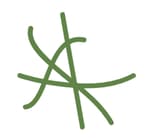
Which of the options can be associated with all the objects?

A square is cut into pieces. One of the pieces is shown on the left and the remaining three are in the options. Which of the options is NOT a part of the square?

Which of the options correctly shows the silhouettes of the given image?
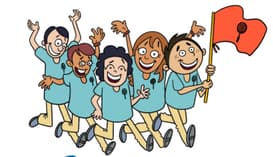
Which of the given options matches the patterns 1,2,3,4 with tiles correctly?
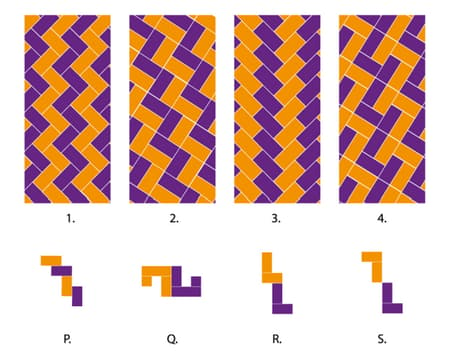
Which of the following lakes has the largest area?
A sphere, a cylinder and a cone, with equal heights are resting on a surface along a straight line. If the source of light is fixed and the light rays are parallel, which of the options show(s) the shadows correctly?
Two transparent discs with markings on them are shown. Which of the options can be created by overlapping and/or rotating them?
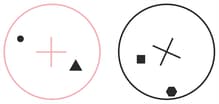
The figures show simplified shapes of the neck portion of the vertebral column of a horse. Which of the options is most correct?
How many configurations of blocks appear only once in the figure given below?
